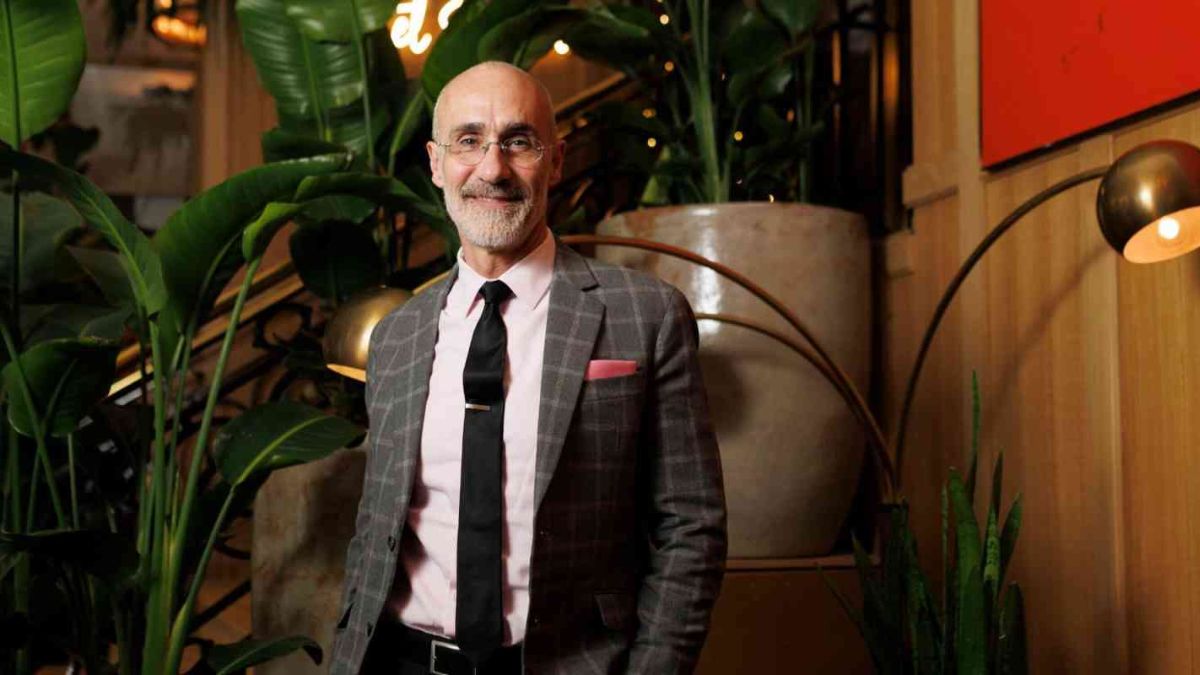Youth across the globe are struggling with sadness like never before. This isn’t an isolated issue limited to a few individuals or certain regions. From classrooms to cities worldwide, young people are experiencing an emotional crisis. It feels paradoxical: how can the most connected generation in history also be the loneliest? Yet, research confirms that this is exactly what’s happening.
The Global Flourishing Study, a project led by Harvard professor Arthur C. Brooks and involving more than 200,000 people across 22 countries, paints a bleak picture. It reveals an existential void among today’s youth—a deep sense of loneliness that digital connections fail to fill. So, what’s going wrong?
Hyperconnectivity
The very thing that promised to unite us—technology—is turning out to be a double-edged sword. According to the World Happiness Report, the well-being of young people in countries like the United States has plummeted over the last few decades. Yet life itself hasn’t necessarily become harder. The issue lies in the quality of our connections.
Brooks points out that most relationships formed online are not genuine or meaningful. In fact, young people who limit their exposure to superficial online interactions and instead cultivate real-world connections tend to be happier. Hyperconnectivity has sold us a lie: being “connected” does not mean feeling close to others.
Happiness
Traditionally, happiness followed a “U” shape. It peaked in youth, dropped during adulthood, and then rose again with age. But newer generations are no longer starting at the top of that curve. Instead, their happiness begins low and stays flat for years. This shift signals a fundamental change in how young people experience life and fulfillment.
Technology
The problem isn’t technology itself but the way it’s used. Real human experiences are being replaced by digital simulations. Face-to-face conversations have been swapped for instant messages. Physical and emotional contact is disappearing, leaving behind a sense of isolation and crumbling self-esteem.
On top of that, we live in an age of immediacy. We’re conditioned to expect everything instantly. We don’t wait. We don’t build. We’re always searching for something better, which traps us in a cycle of external validation. When that validation doesn’t come, our self-worth collapses.
Emptiness
The Global Flourishing Study also uncovered another surprising trend: higher income levels are associated with a lower sense of life purpose. Money, while useful for comfort, doesn’t bring meaning. And without meaning, happiness becomes fleeting.
In many countries, including our own, nearly 30% of the population no longer identifies with any religion. This shift has left a void often filled with consumerism. While religion may not be the ultimate answer, the study shows that people with spiritual beliefs report 8% more life purpose than those who don’t. Clearly, something beyond material goods is missing.
Purpose
Money can buy comfort but not fulfillment. Without a sense of purpose, we chase illusions—likes, followers, and shopping sprees—to fill the void. Yet these things are only temporary distractions. True contentment comes from deeper, more enduring sources.
Brooks suggests three simple but powerful steps to break free from this cycle:
- Prioritize real relationships: Humans were made for contact. Talk, hug, and laugh with someone face-to-face.
- Cultivate your inner life: Whether through spirituality, mindfulness, or self-reflection, nurture a sense of purpose beyond likes.
- Redefine success: Seek fulfillment, not possessions. Success is about peace with yourself, not external achievements.
Change
This generation has everything yet feels like it has nothing. We’re not designed for loneliness, endless notifications, or shopping to fill our emptiness. We’re designed for real connection—deep conversations, caring relationships, and meaningful experiences.
It’s time to return to the basics: friendship, empathy, and learning to love well again. Only then can we heal the sadness that seems to define modern youth.
FAQs
Why are young people sad today?
Because digital connections replaced real-life relationships.
Does social media cause loneliness?
It fosters superficial bonds that leave youth feeling empty.
What is the ‘U’ curve of happiness?
Happiness peaks in youth, dips in midlife, then rises again.
Does money bring purpose?
No, higher income often means lower life purpose.
How can youth feel happier?
Build real relationships, nurture spirituality, and redefine success.























